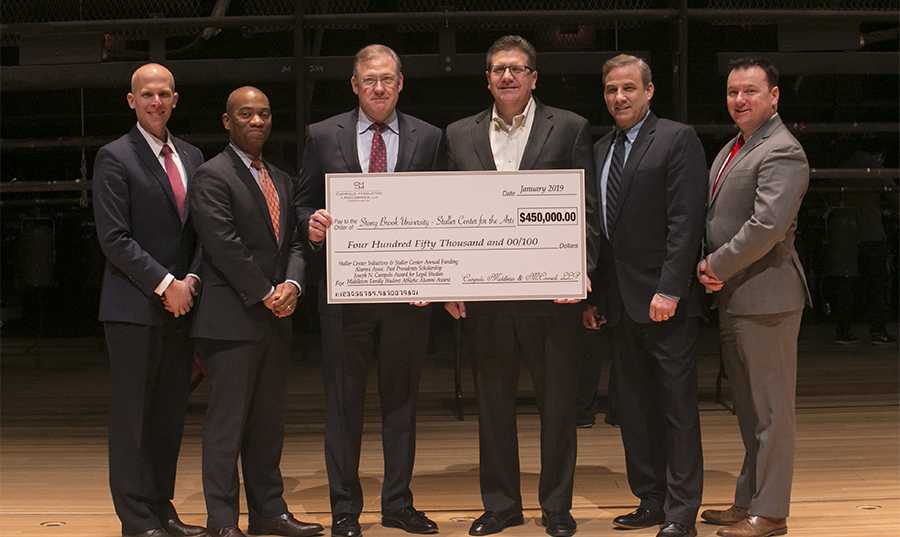By Jamie Herzlich
With new government rules proposed on overtime pay, compliance looms as a key focus for businesses.
The U.S. Department of Labor recently unveiled a proposed rule that would raise the minimum salary threshold required for eligible white-collar employees to be exempt from overtime pay from $23,660 to $35,308.
New York State already imposes much higher salary thresholds, and they are slated to increase further.
So employers are encouraged to make sure they are correctly classifying their employees and understand true costs to make any necessary adjustments.
“Businesses should evaluate their compensation packages annually to make sure they are in compliance with overtime law and plan for anticipated changes,” said Arthur Yermash, a law partner at Campolo, Middleton & McCormick LLP in Westbury.
This is especially true on Long Island, where, as per state standards, eligible employees have to make at least $46,800 a year ($900 weekly) to qualify for an overtime exemption, up from $42,900 last year, he said. New York City and the rest of New York State have different thresholds.
That state salary threshold will increase again for Long Island on Dec. 31 to $50,700 ($975 weekly), and it will eventually hit $58,500 ($1,125 weekly) by Dec. 31, 2021, said Yermash.
While the nation’s proposed salary threshold is less, Long Island employers must abide by the higher regional threshold, says Alfred B. Robinson, Jr., an attorney in the Washington, D.C., office of Ogletree, Deakins, Nash, Smoak & Stewart PC and former acting administrator of the U.S. DOL’s Wage and Hour Division.
In the Fair Labor Standards Act there’s a provision that enables state and local governments to pass more “protective laws in terms of minimum wage or overtime standards,” he said.
In high-cost areas like the city and Long Island, “the federal salary threshold is probably too low,” said Robinson.
Still, employers feeling the pressure from higher overtime pay have to consider whether they should increase salaries so an employee doesn’t fall below the salary threshold for overtime, adjust employee duties, or decrease overtime opportunities, he said.
Exemption from overtime is based not just on salary, but also on job duties, said Jeff Agranoff, a principal at Grassi & Co. CPAs and business advisers in Jericho, and there are different categories of exempt employees and different job duties tests for each.
In general, he said, a person would not be entitled to overtime under the white-collar exemption if he or she is managing people or a process or has responsibility for an area or function.
The criteria and duties test differ for those considered highly compensated; under the DOL’s proposal those employees could be considered exempt from overtime if they make at least $147,414 (formerly $100,000) and they perform certain job duties, said Agranoff.
More often than not, many companies incorrectly classify employees as exempt. “Most employees should be non-exempt employees,” he said.
To better understand whether it’s worth it to pay people for working overtime, employers should also do a cost-benefit analysis to see what value the company receives from someone working more than 40 hours compared to limiting worker hours to 40 per week, said Yermash.
On the plus side, at least local companies have the ability to plan accordingly because the State Labor Department has announced the amount of increases until 2021 for Long Island, he said.
Read more here.









